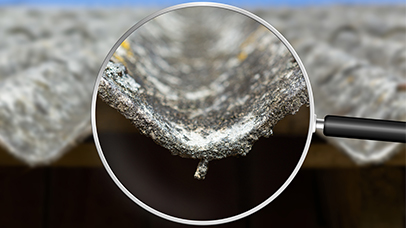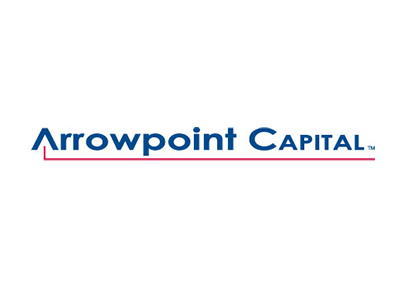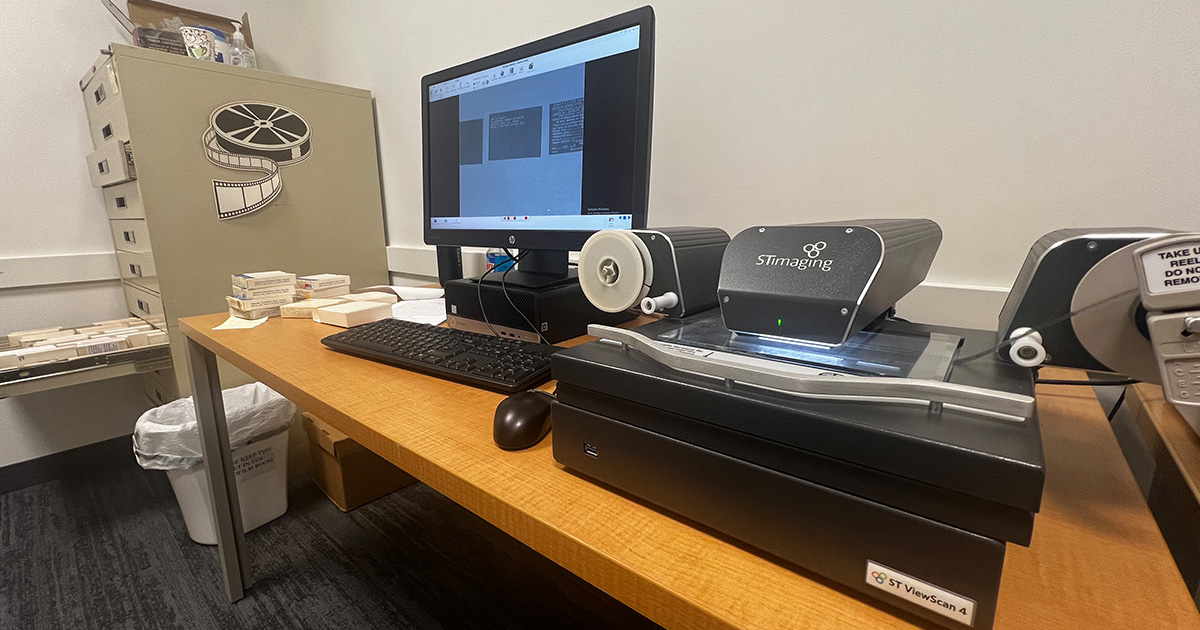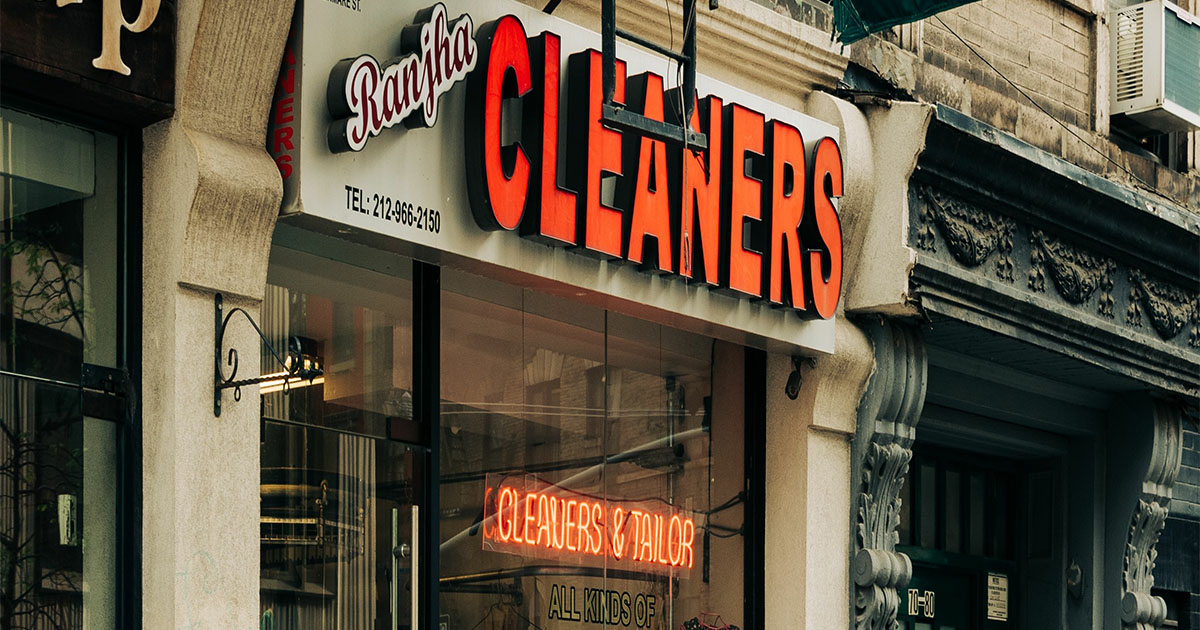BY: SAMANTHA DEELORRIETA
School districts, dry cleaners, and religious institutions may seem like an unlikely trio, but these entities have something significant in common: they have all derived immense value from PolicyFind’s extensive Specimen Policy Library.
Every day across the nation, lawsuits are filed by those seeking compensation for alleged bodily injury and property damage caused by incidents, accidents, or exposure to toxic substances that occurred decades ago.
While it is becoming common knowledge that historic liability insurance policies are the keys to protecting your organization or business from expending hundreds of thousands of dollars answering these demands, a lesser-discussed way to unlock the power of those CGL policies is through the use of ‘specimen policies’.
WHAT IS A ‘SPECIMEN POLICY’?
Traditionally, these documents are also often called “sample policies.” A specimen policy refers to an insurance policy lacking specific identifying information. While the insureds’ specific information is largely absent from these policies, the policy retains original language included within standard forms, within which insurance companies set forth the terms and conditions of coverage and exclusions of the insurance coverage provided.
PolicyFind’s extensive specimen policy library contains thousands of general liability and excess liability insurance policies. This library serves as a valuable resource for verifying coverage details and reconstructing potentially missing portions of policies.
WHAT IS A STANDARD FORM?
According to the International Risk Management Institute (‘IRMI’) “a standard form or policy describes an insurance policy form that is designed to be used by many different insurers and has exactly the same provisions regardless of the insurer issuing the policy.”
Before the introduction of standard insurance forms in the early 1970s, each individual carrier wrote the forms used within their insurance policies. This means that the terms and conditions of a 1965 general liability policy provided by Insurance Company “A” may differ from the terms and conditions of a 1965 general liability policy provided by Insurance Company “B”. Because PolicyFind’s specimen policy library holds policies dating to the 1940s, it holds the forms issued by both Insurance Company “A” and “B.”
Beginning in the 1970s, insurance carriers began using standard insurance policy forms. The bulk of these forms were created by the Insurance Services Office, or ISO, and were inserted within insurance policies by many insurance carriers. This means a policy written by Insurance Company “A” with standard forms could be used to prove coverage under a lost insurance policy underwritten by Insurance Company “B” – if both policies included the same standard forms.
MANUSCRIPT POLICIES
An important exception is that some organizations obtained what is known as a ‘manuscript policy.’ IRMI defines a manuscript policy as “a custom-designed insurance policy form for a specific insured. It is a contract that provides coverage against risks like property damage, accidental bodily injuries, or other losses, and has unique terms and conditions that are negotiated between the insurer and the insured.” In short, the language, terms and conditions contained within manuscript policies cannot be re-created using standard form specimen policies.
HOW IS A SPECIMEN POLICY USED?
There are many practical applications in which an experienced Insurance Archaeologist can put specimen policies to beneficial use.
Specimen policies are primarily used to recreate lost or mislaid insurance policies. In this way, a specimen policy can bolster scant amounts of insurance evidence found during an investigation, providing previously missing forms, endorsements, and/or terms and conditions contained in the policy.
Coverage patterns often appear when Insurance Archaeology investigations are conducted for the same type of client located within a particular part of the country. Time and again, researchers will identify and make special note of carriers that dominated certain geographic areas and/or industries. A skilled practitioner can use the investigative insurance findings in tandem with specimen policies to open meaningful and productive conversations with insurance companies.
Often, extraordinarily little information is known about an organization’s historical coverage. However, having just a policy number can be incredibly helpful when plugged into a meticulously kept library of specimen policies. There may only be a stray policy number written on a historical record, a rogue canceled check, or just a simple entry in an old ledger. Carrier information can often be figured out by cross-referencing the policy number with those kept within a specimen policy library.
Like policy number information, specimen policies can prove invaluable, and matches can be made when any of the following information is brought to light:
- Industry of the insured
- Policy type
- Known Policy forms
- Policy period.
Once this information is known, the skilled Insurance Archaeologist can begin work to determine the language within key portions of the missing policy. These re-created policies are then made available for generic use to prove which standard policy forms were in place during a given policy period.
GROUP PROGRAM COVERAGE IDENTIFICATION
Another value-add of PolicyFind’s Specimen Policy library is being able to identify associations with which our clients may have historically been members.
Historically, one of the draws of some associations or programs is that they offered their members insurance coverage at reduced rates.
PolicyFind’s expansive library is built to identify insurance carriers through these group insurance programs, which became common and popular across many industries in the 1970s and 1980s. Once an organization is identified as having been a part of one of the group programs, the documents within the specimen policy library can provide carrier information and, sometimes, policy numbers.
In addition to group insurance programs, some school districts, municipalities, and religious organizations have created their own shared risk insurance groups.
PolicyFind’s specimen policy library holds insurance policy information for multitudes of these group insurance programs and shared-risk insurance groups. We have proven success finding liability coverage for organizations and institutions based on their historical membership in one of these groups.
CONTACT POLICYFIND
PolicyFind’s expertise is two-fold. Its experts first find evidence of historical coverage to answer long-tail claims through Insurance Archaeology, then, through use of the specimen policy library, they can reconstruct these old policies. It’s a powerful ‘one-two punch.’
The best way to accurately assess whether PolicyFind’s Specimen Policy Library and Insurance Archaeology services are the right options for you, is to speak with us. Through a free consultation, we will learn more about your specific situation and advise potential paths forward to cost recovery. To get the process started, contact PolicyFind today.









